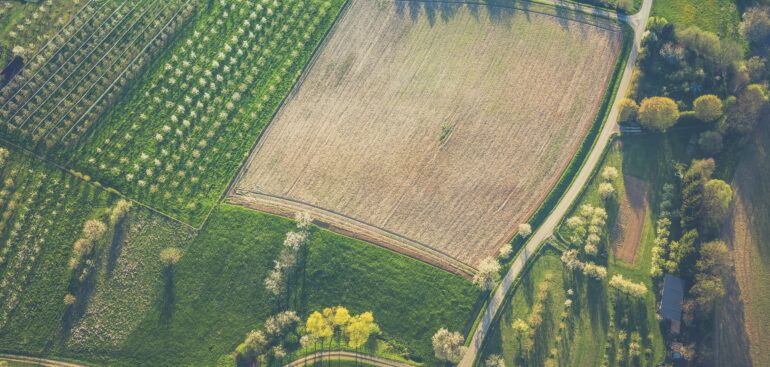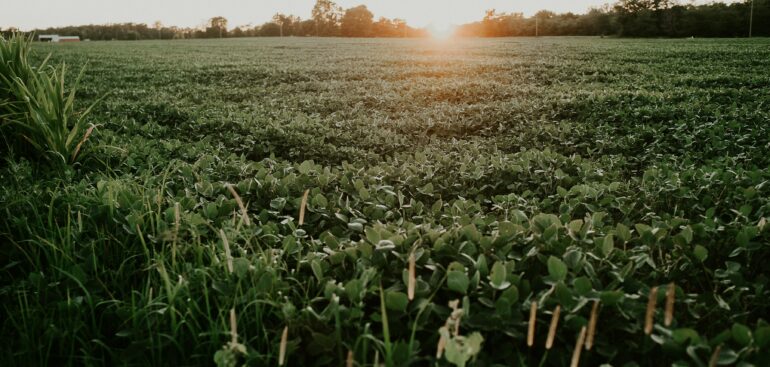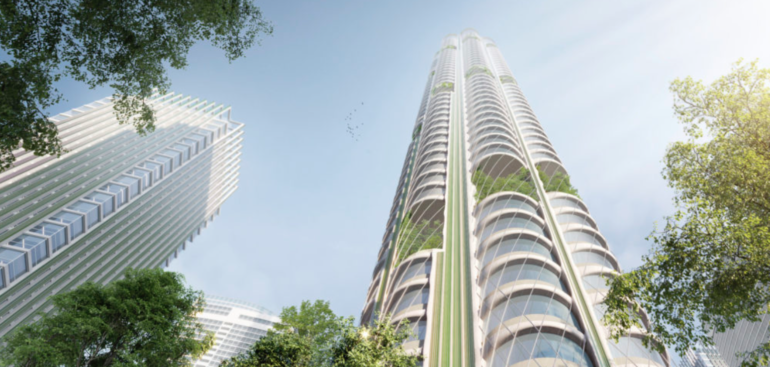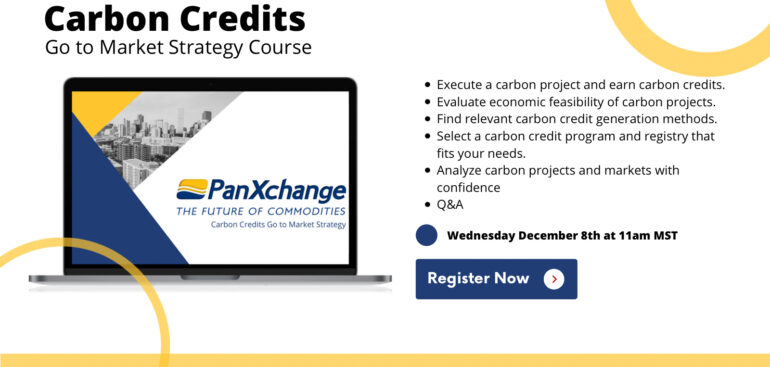Curious about the PanXchange Carbon program? Check out all the options we offer here!
Due to time constraints and the incentive to produce credits as fast as possible (prices rising), offset project developers (read: farmers who want to generate carbon offset credits) may elect to start a project and verify via a 3rd party later (rather than the traditional route of verifying before starting). However, while this may give farmers a head start, it should be noted that no credits can be issued before the verification step (and subsequent steps) are completed.
The most basic framework to generate carbon offset credit as per the Clean Development Mechanism (CDM) guidelines is as follows…
ESG interest, by way of carbon offset credits, is booming in various industries, spanning energy, infrastructure, transportation, and even agriculture. However, there are unique barriers to an efficient market for carbon credits from agriculture, particularly those derived from croplands.
During the United Nations’ COP26 climate conference in early November, engineering and architectural design firm Skidmore, Owings & Merril (SOM) unveiled Urban Sequoia – a concept to regenerate the environment via buildings that “act like trees” and sequester carbon.
PanXchange is building a more robust and efficient market for voluntary carbon removal credits derived from croplands. Despite surging demand for “nature-based” credits from croplands, time to market, total costs, lack of market liquidity, and inability to manage price risk are currently prohibitive factors for farmers. Our team aims to alleviate these issues, thus mobilizing investment to combat climate change and rewarding farmers for regenerative practices.






